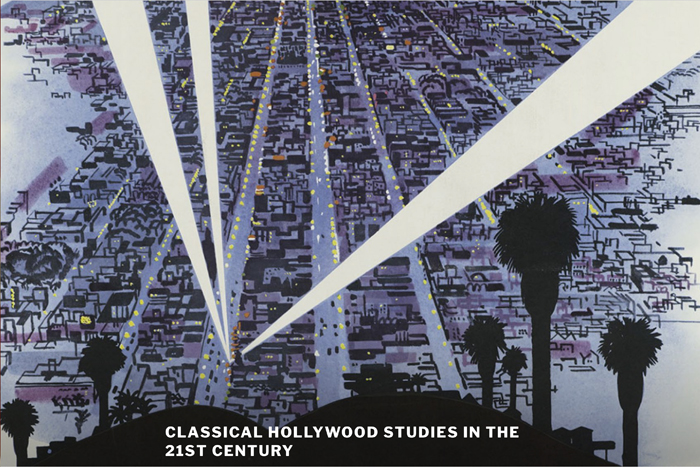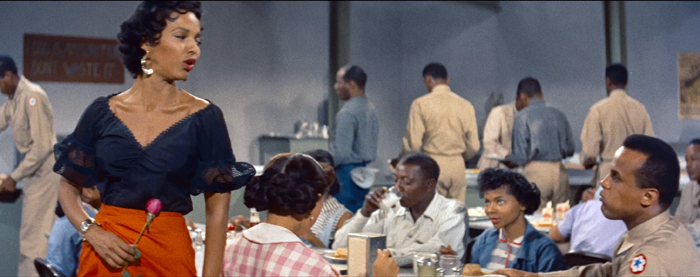Hollywood now and then: A conference at Wilfrid Laurier University
Sunday | May 6, 2018 open printable version
open printable version
DB here:
An extraordinary event is shaping up for next weekend. Katherine Spring and her colleagues at Wilfrid Laurier University are hosting a conference, Classical Hollywood Studies in the 21st Century.
It features talks by scholars young, youngish, oldish, and just plain old. All are continuing to make striking contributions to understanding American studio cinema. The team is really staggering, a who’s who of expert researchers. There are also screenings of A Letter to Three Wives (1948) and Carmen Jones (1955).
The array of research questions and arguments is exhilarating. It shows just how many fruitful ways there are to explore Hollywood’s history, aesthetics, and cultural functions.
I will be giving a keynote talk. Yes, it’s intimidating to be facing such a stellar assembly. I will try to beguile them with Jedi mind tricks, tortuous and subtle arguments laced with distracting examples and Wildean wit. What could go wrong?
Kristin will be presenting as well. So will many of our Wisconsin colleagues and alumni: Tino Balio, Maria Belodubrovskaya, Vince Bohlinger, Lisa Dombrowski, Scott Higgins, Eric Hoyt, Mary Huelsbeck, Patrick Keating, Charlie Keil, Brad Schauer, Kat Spring, and of course Janet Staiger, our collaborator on The Classical Hollywood Cinema. I look forward to reuniting with these Badgers, to reconnecting with old friends from elsewhere, and to making new friends laboring on the same territory.
One outstanding feature of this get-together: No competing sessions. This allows us all to follow the same papers and build a sense of community, with discussion developing organically and continuing across three days. This is the best conference format, I think.
There are plans to publish the papers. We may be able to blog a little during the event.
Thanks very much to Kat and her colleagues for inviting us. I predict a hell of a time will be had by all.
Some background on our book, and thoughts about it twenty-five years later, can be found here.
Carmen Jones (1955).















